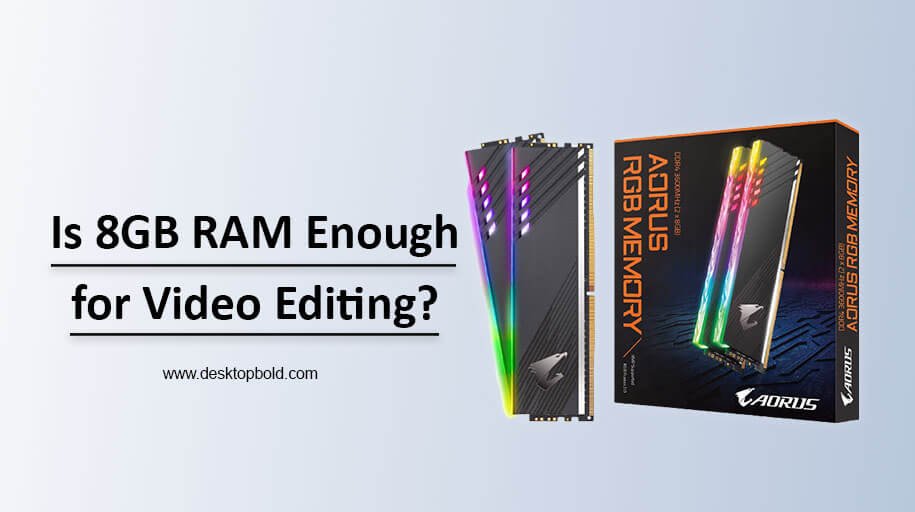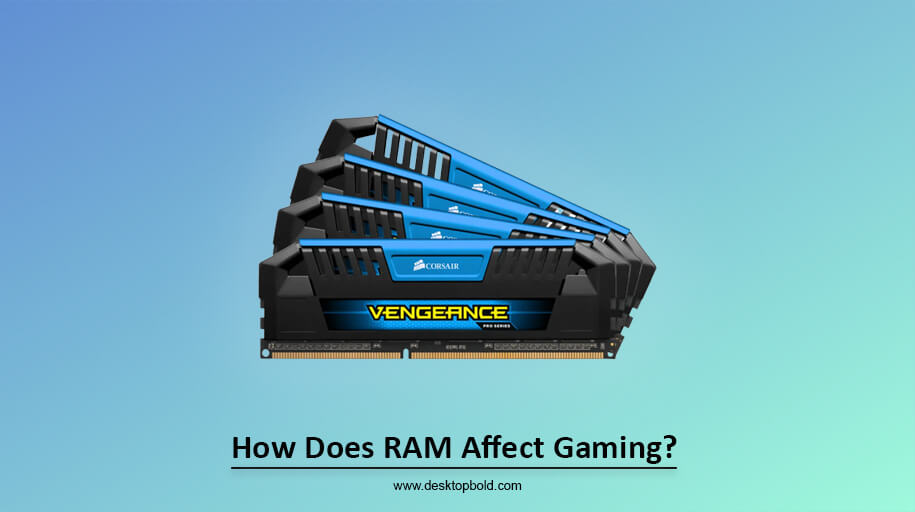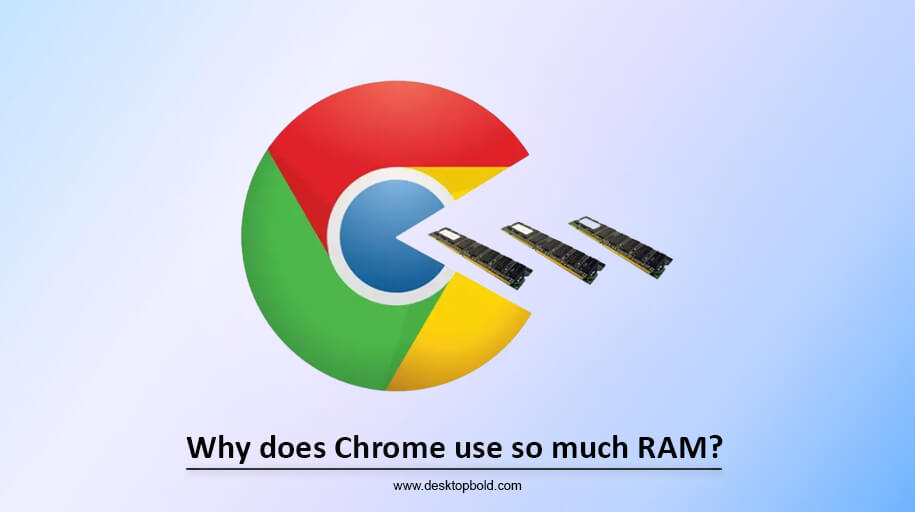When buying a laptop and pc, beginner editors have a mindset of a low budget for video editing. The actual thing is that, for video editing, the software must possess the requirement of a minimum of 8GB Ram; this is what people think. But, when they complete the purchasing of pc and laptop, they seek core-hungry software and heavy graphics.
For editing video, the essential video editing software requires a ram of a minimum of 8GB. For 1080p video editing, 8GB 3200 MHz dddr4 ram functions efficiently. But if you want your pc or laptop to edit videos without crashing the software, 4k and 8k video editing requires more than 16GB ram with the lowest 3600 MHz clock speed.
In this article, by covering all the requirements relating to software and hardware, I will also cover “Is 8GB Ram enough for video editing?”
Why Is RAM Important In Video Editing?
The hardware and software power for video editing is required. More than $1000 is required to build a video editing pc. But if you need to learn about the hardware you are about to buy, you can lose over it.
The most used form of computer memory is Random Access Memory (RAM), which is present in the software that you browse for an application to use. For the actions to run at the fastest speed, PCs and Macs need a low amount of Ram. At the bottom of the desktop window, while opening Microsoft Word, taking one piece of content to another report on the screen is faster than scrolling down through folders or icons. The problem of “System Crash” or Out of Memory” may appear in the absence of enough memory that can cause the error.
How Much GB for Faster Video Editing Workflow?
Depending upon your needs and particular applications, I prefer 16GB of Ram as a sweet spot for standard editing flow of work. I also use card storage like CF card or SD card for video projects that ingest data over time (when you complete the recording), as this helps provide redundancy in the failure of hardware.
Is M1 MacBook Pro 8GB RAM Enough For Video Editing?
It specifies two main things. The first is what you are using and what software and the other is your consideration for using the laptop.
If you are not doing high-powered tasks like exporting video or rendering, Apple’s Final Cut Pro functions efficiently with 8GB Ram, especially when editing. But it also matters what computer you have, whether it is a Mac Pro.
The older modules require more Ram than all their power punches to increase the effectiveness of working power. Sometimes they use 16GB of Ram that, which includes already. For the low power consumption, Core 2 duo processors design to need a lower amount of memory than a MacBook Pro with the others. It happens with 8GB ram, enough for video editing on MacBook air.
What size of RAM Do I Need?
For basic editing of the photo, 4GB is sufficient. How much memory it is asking for depends on the type of software that is running on your computer. How many applications are running concurrently? These all are important, along with the capacity that your computer can handle without crashing because of the fewer resources of the system.
Does RAM Speed For Video Editing?
A very high amount of Ram is needed for popular video editing software to run large files. For this purpose, you need people that upgrade their video editing workstations from 16GB to 24GB or 32GB of Ram. For your requirement, which type of Ram and speed needs, it is difficult to decide as this is the thing that bothers you.
The standard DDR3 ram (1333MHz) is used by most desktop computers these days. From complicated video projects, while handling large files, it is essential to consider the difference between compatibility, frequency, and latency, as all of these factors can affect the performance of your system and computer.
Frequency:
Composed of semiconductor circuits, the type of a chip is RAM which stands for Random Access Memory. RAM provides temporary storage to the Central Processing Unit or processor when working on loading up programs or applications. The frequency typically measured indicates how fast the data can be read or written. The higher frequencies are generally better for data transfer as it speeds up.
It is only sometimes the case; for example, the DDR5-4000 memory kit achieves peak performance and optimum bandwidth with oop access patterns where the memory does not locate near any processor cores. (such as in video processing workloads or graphical post-processing workflows), by using slower timings that add up to precisely 120Hz throughput in both directions.
Latency:
Expressing the number of clocks that elapse between a write or read request and its completion, the CAS Latency is the measure of the speed with which data required by the CPU can access. Dependence on “dumb” devices (like discs), well-designed for the physical organization but hard to nail down in timings, would frustrate efforts to organize software’s interactions with hardware only by timings.
As a result, CPUs maintain internal maps assigning “latencies,” often given as clock ticks, numbered arbitrarily such that all commands can take no more than N particular ticks. If buffered before execution, varying buffering speeds can subsequently translate these into bus timeouts, etc.
Check out this essential official article to learn more about the distinction between RAM speed and latency.
Do You Prefer Universal or Specific RAM?
Sending data in smaller segments with specific ram is better, helping avoid many issues, coming along with a universal type. Your data has room to enter. Also, the connector header versus DRAM banks helps to ensure.
Our editing will become faster and more gaming, too, on a technical level, the more memory we have available for games and video editing. For more usage, RAM needs a place to store data that can retrieve quickly.
However, system memory is currently prioritized over high-end central processing units and video capability cards in terms of monetary investment.
If you’re on a tight budget (say, less than $1,000), you should consider how much of your system memory will be idle for the vast majority of the time and whether or not that inactive ram will be a single point. For further context: Eight gigabytes of memory for the computer’s use.
RAM Compatibility Checker:
You can check the ram brand names list to see if your ram is compatible. Check out Crucial RAM or Corsair RAM if you still need to purchase RAM. That’s the RAM every low-cost user needs. (Go to Amazon and take a look).
RAM compatibility checks by a specialized application available from Crucial. You can visit their website or use the button below to see how much RAM you have. Please refer to this post for advice on suitable memory if you are using Lenovo Memory modules, such as Lenovo Memory Modules or Transcend-brand Memory Modules.
Which Company RAM Should You Buy?
Several companies make Ram modules that are reliable and compatible with one another. However, before purchasing RAM, you should check the motherboard and computer’s compatibility. The Ram module’s kind (DDR2, DDR3, etc.) is also crucial to the system’s performance and endurance.
Intel suggests using DDR4 memory due to its sufficient bandwidth and relatively low frequency, which keeps power consumption low.
The second factor to consider is the memory block’s size in megabytes or gigabytes; for example, if you need 10 GB, you’ll need either 4 GB or 8 GB. To what extent do you require rapidity? Considering the steep increase in cost that occurs after, this is a relatively minor issue.
Is 4GB RAM Enough For Video Editing?
Predicting how much RAM you’ll need is tricky because it relies on the program you have opened. It’s possible to get by with less memory, but you might only be able to run so many programs at a time. 4 GB of RAM is the bare minimum for even the most basic video editing applications. Asking people who already have your desired CPU setup is the most effective approach to learning about the requirements of your computer.
Will 8GB RAM be enough for video editing?
8GB to edit videos; this is the bare minimum of RAM you need to have available. The 8GB of RAM on your computer will be nearly exhausted when the operating system boots up, and you launch a video editing program like Adobe Premiere Pro.
Conclusion
Therefore, if you need a reliable computer for video editing and are in the market for one, consider making a change. To avoid losing all your hard work due to a hardware issue, consider boosting your RAM if your computer frequently crashes while editing 4k or 8k video. Post-production problems will ruin your high-quality camera footage if your PC needs more RAM. I think getting extra RAM with your motherboard will improve system performance. Now, it is clear that Is 8GB RAM enough for video editing.




